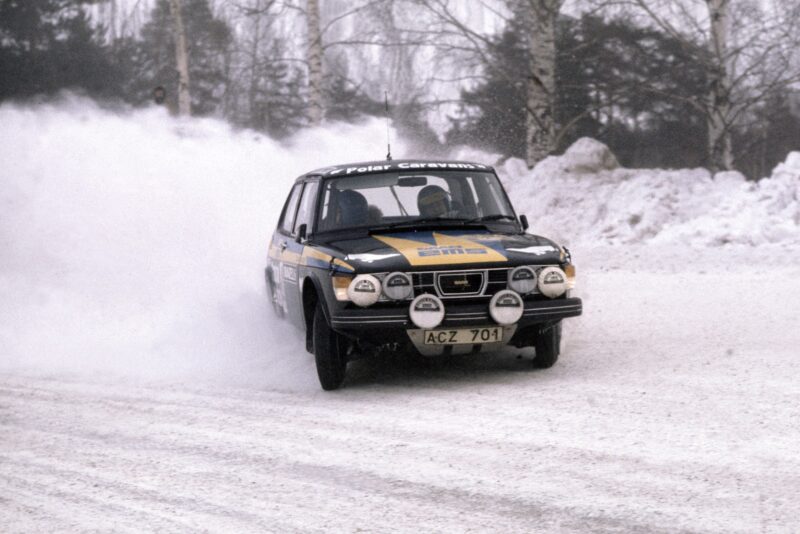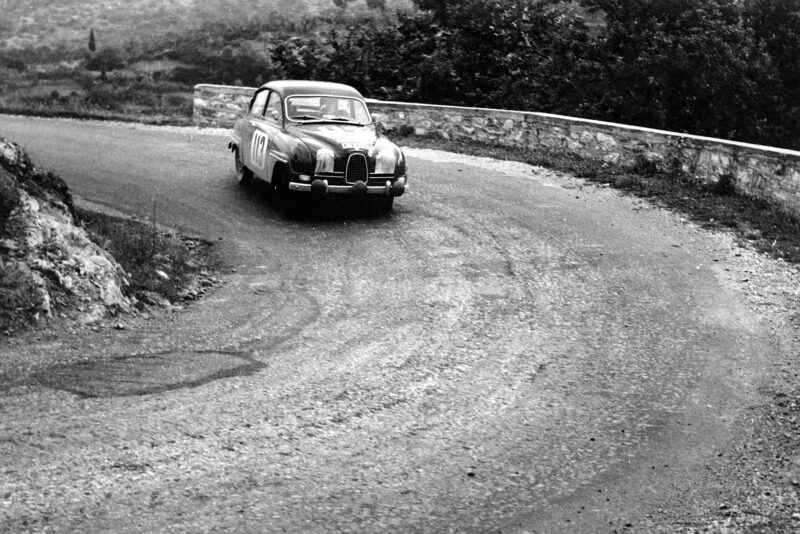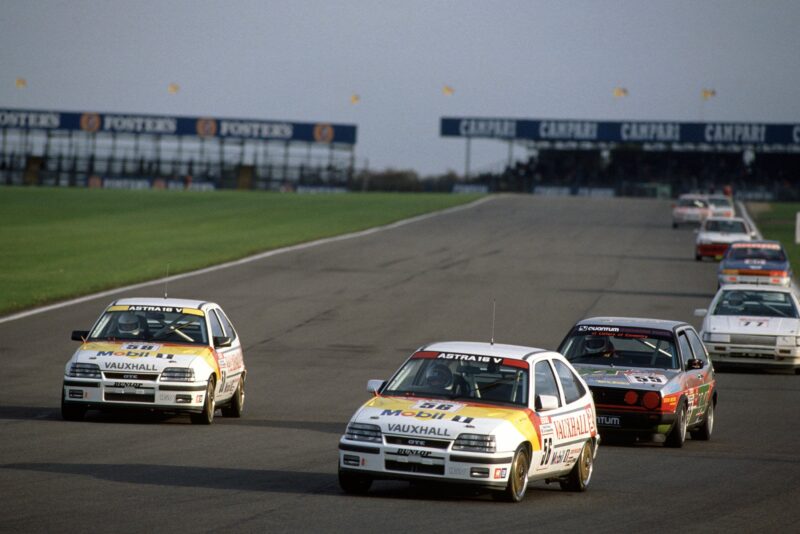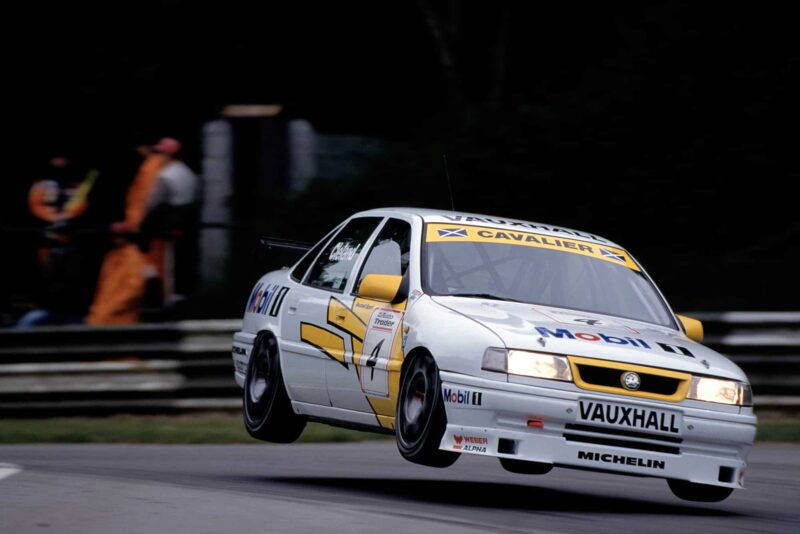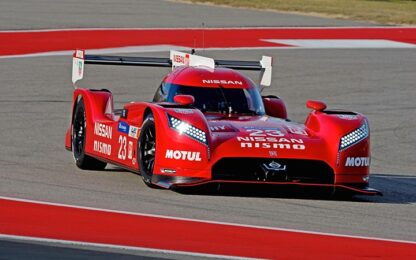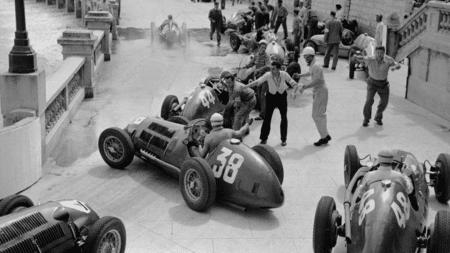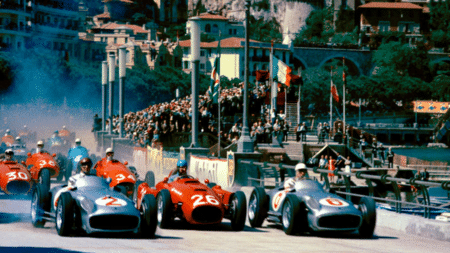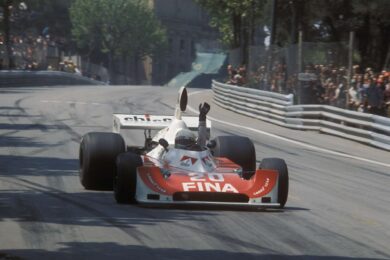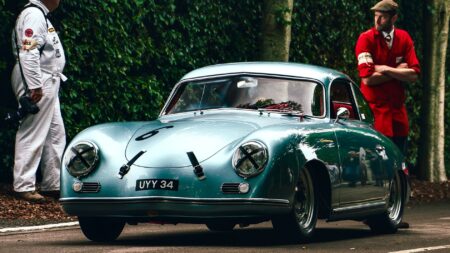There were perhaps faster men: Rickard Rydell – £10 at 25/1 for the title (I should have gone each way!) – and Alain Menu were the benchmarks in this regard around that time. Some of the best saves I have ever seen were completed in Renault Laguna and Volvo 850.
“Rickard was a star,” says Cleland. “And Menu was every bit as good; only years afterwards did I discover that he didn’t left-foot brake either. Yvan Muller came to Vauxhall with an ice racing pedigree and was left-footing everywhere. He had some really lurid moments that he managed to recover from. He was pretty special in that respect.”
This writer’s bias is for Menu – but an impressive list of candidates also includes: Gabriele Tarquini, Anthony Reid, James Thompson, Jason Plato and Laurent Aïello.
Of course, I never saw the exuberant John Rhodes lay down a destroyer-type smokescreen in his Cooper S. And some do say that Sir John Whitmore, better known for three-wheeling a Lotus Cortina, was the fastest Mini man of them all. Or was that future Ford/Porsche guy John Fitzpatrick?
But has anybody driven anything harder for longer and more spectacularly than Jean Ragnotti in a Renault Clio Maxi? Okay, maybe Gilles Panizzi and François Delecour did, with their eyes-on-stalks commitment in barking Peugeot 306 Maxis.
Oh, hang on. I once saw Colin McRae, on a lowly seeding in a prize-drive (?) Peugeot 205 GTI, over-crest-into-K-left about 25mph faster than anybody bar the top boys in 4wds had managed. I almost leapt out of my wellies.
Richard Burns was more measured but his foundation performances in what was basically a standard 205 GTI told you all you needed to know. He was skimmingly fast.
So, too, was Kenneth Eriksson. Epic in a VW Golf GTi 16V in the inaugural season of Group A WRC, he is too often overlooked. So, too, is the late Dave Metcalfe, mighty in Nova.
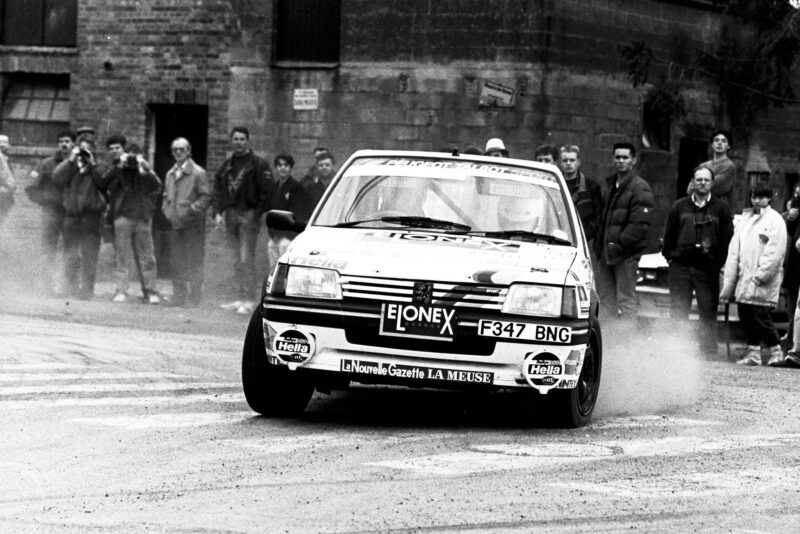
Burns’ talent flattered the Peugeot 205, here in 1991 at Circuit Ardennes
Motorsport Images
Judging by the hairs on the back of my neck, the spiritual can emerge from the mundane everyday. You know when you’ve been buzzed by buzzbox, hot-wired by a hot hatch.
Not that we haven’t ever enjoyed the exotic.
Lou Moore’s brace of Blue Crown Spark Plug Specials – Offy-powered chassis by Emil Deidt – came within eight laps and a cooked magneto of sweeping the board at oil-slicked Indianapolis from 1947-’49.
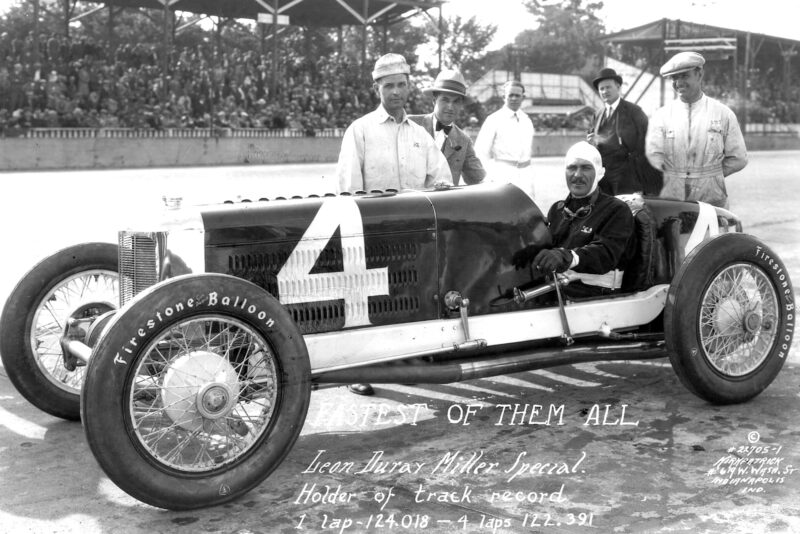
Leon Duray at Indianapolis in 1928
IMS
Somewhat bulbous though clearly efficient, those cars lacked the alluring, rakish deliciousness of genius Harry Armenius Miller’s fwd Indy contenders from 1925-’29. Of these, Leon Duray’s recorded a 122.391mph four-lap average in 1928 – on bricks and just 91 intercooled/supercharged cubic inches glugging methanol. (One week later he lapped Packard’s banked test track at 147mph. And that summer he would cover 10 miles at 135.33mph at Montlhéry, near Paris.)
That’s the car, fwd or otherwise, that keeps me awake at night – albeit not in a sexy way and despite its eventual vivid purple scheme with acid-yellow wheels and chassis rails.
At least it wasn’t bilious green.
